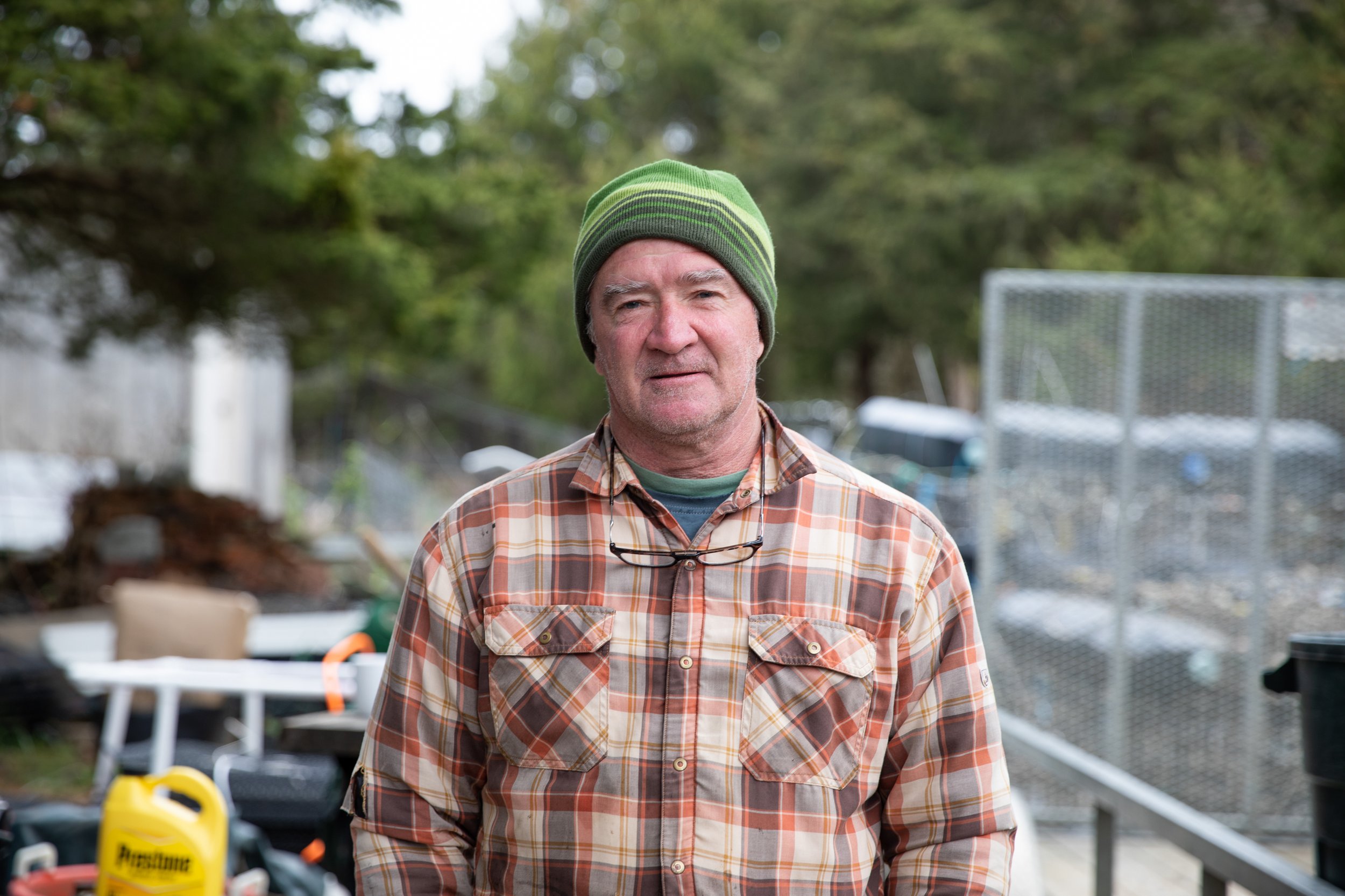Know Your (Oyster) Farmer: Simon Edwardes of Fifth Bend Oysters
Story by Virginia Bullington, Photography by Dan Lemaitre. In partnership with Flotsam Magazine.
How did Simon Edwardes, who was born in Kenya and educated in the UK, find his way to Nantucket and become an oyster farmer?
“My parents were farmers in Africa and I think aquaculture and farming are not that far off,” said Edwardes.
Edwardes got a degree in environmental biology from King’s College in London and was always drawn to aquaculture and fisheries during his studies. Shortly after graduating, he worked on a Tilapia farm in Israel to see if it was something he was interested in pursuing. After six months he decided it was, and went on to get a Masters in aquaculture from Stirling University in Scotland.
His connection to Nantucket developed while working as a handyman at a school in Costa Rica where island native Gillian Myers was teaching. The two met during an earthquake, and proceeded to fall in love. Edwardes moved to Nantucket permanently in 2004 and worked as a landscaper for six years.
In 2008 he determined that it was time to put his education to use and bought a lease for an oyster farm.
“I would actually prefer to do something growing fish, fish interest me far more, but there isn’t really anything in the way of fish aquaculture around here,” said Edwardes. “So I became an oyster farmer, because it was the best thing to do, and it was really a great time to start, because it was when oysters were coming back as a cool thing to have at restaurants.”
Serendipitously, Cru Oyster Bar opened just a few years later, which also increased the demand for local oysters on island, and contributed to their reputation as a luxury food.
“It worked out because Cru just started around then, and oysters were growing in popularity. They had been popular in the 80’s, but then interest waned,” said Edwardes. “Sure, there were raw bars, but they were mostly shrimp and clams.”
Times have changed, however, and Edwardes and his two partners, Chuck Connors and Mac Raith, harvest an average of 10,000 oysters a week to sell to restaurants, raw bars, and fish stores. In the summer, that number may increase to 20,000 oysters, and Edwardes is often hired to set up and shuck at raw bars himself.
Although the work can be physically demanding, Edwardes notes that being an oyster farmer is far different from other kinds of manual labor, like landscaping.
“It isn’t one of those jobs where you can just decide to clock in more hours and get more done. There are days when you just can’t work,” said Edwardes.
Oyster farming is highly weather dependent, working in foul weather risks damaging expensive gear. Edwardes’ lease in the harbor is an unusually windy and exposed place to grow oysters. Most farmers off-island choose to cultivate their crops in protected bags in tidal zones close to shore or estuaries, places with much less wave action than the head of the harbor. Therefore, being able to read the weather and the tides is a crucial aspect of the job, as is being content with down time.
“What I love is the freedom of it. We are a slave to it in the summer, but that’s owning a business here,” said Edwardes. “When there is work, we work hard, but when we’re done we’re done. And it is really fun out there.”







